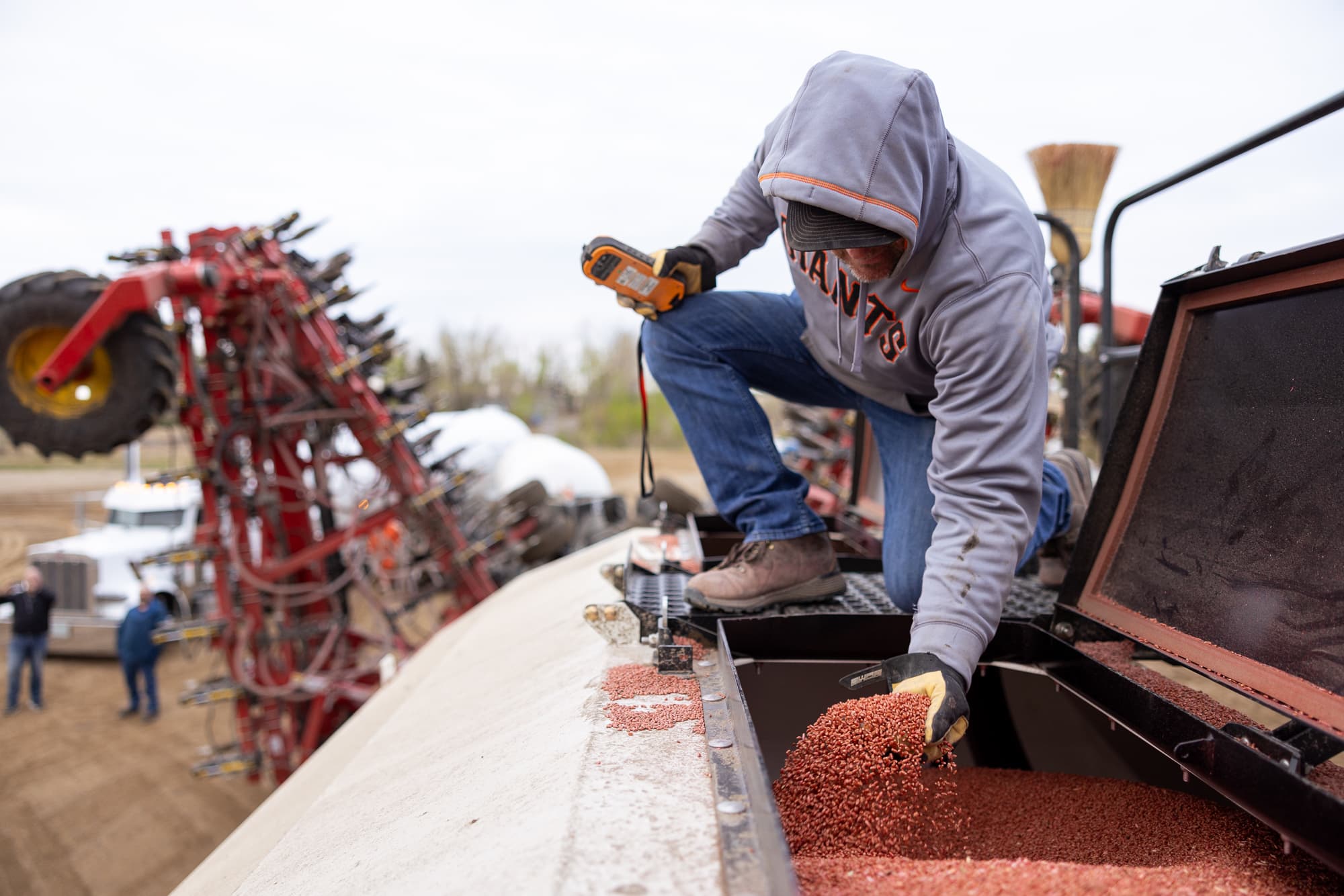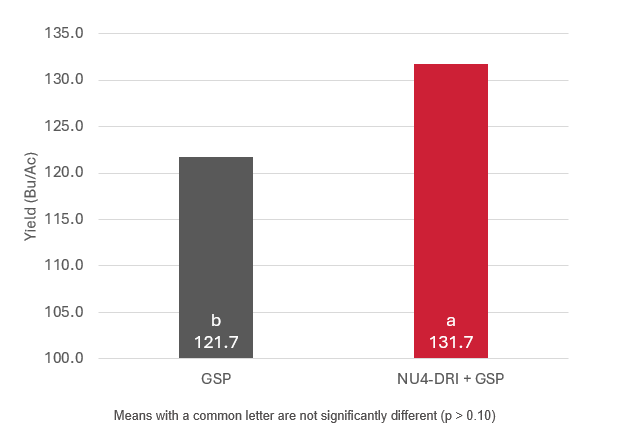
Latest Resources
April 2, 2025
The Spring Seed Enhancement Guide: 3 Things to Know Before You Plant
Each spring, growers face a familiar challenge: cold, wet soils that slow germination, delay emergence and restrict nutrient availability, leaving young crops struggling before they even break the surface. A weak start can impact plant uniformity and yield potential throughout the season.
“Weather is one of the biggest challenges for growers in the spring,” said Donald Fisher, territory business manager and representative of Koch Agronomic Services (KAS). “Heavy snowfall, potential flooding and late-season frost create unpredictable conditions, often leaving growers with a short planting window. Sometimes, you have to plant in less-than-ideal conditions to avoid missing that window.”
For growers facing cool, wet springs, every planting decision matters. From nutrient access to seed flowability, the right choices can improve emergence and stand establishment. Before heading to the field, here are three key things to know about spring seed enhancement and its impact on crop success.
1. Early-season nutrition is more important than you think.
Some growers assume their soils contain enough nutrients to support seedling development with soil tests confirming that essential nutrients like phosphorus and zinc are present. However, in cool, wet conditions, these nutrients become less available, making it harder for young plants to establish strong roots and absorb what they need early in the season.
What does this mean for your crop?
- Poor nutrient uptake can limit root growth and stunt development.
- Weak early growth can make plants more susceptible to stress later in the season.
- Applying nutrition at planting can help crops push through challenging conditions.
“A lot of growers assume that if there’s moisture, the plant will be fine. But nutrient uptake early in the season doesn’t work that way,” said Bryce Geisel, senior agronomist and representative of KAS. “In wet soils, root systems don’t have to search as hard for water, so they don’t develop as extensively. That limits their ability to reach key nutrients, especially phosphorus and zinc, which aren’t mobile in the soil. And because mineralization is driven by bacterial activity, cold temperatures slow it down even further. If those nutrients aren’t right there next to the seed, the plant has to wait for conditions to improve before it can access them.”
2. Cool, wet soils can delay emergence – and cost you yield.
Weather is unpredictable, and early-planted crops often face fluctuating temperatures, excessive moisture and frost. The impact on soil conditions can be significant in regions where spring brings heavy snowmelt and late-season cold snaps.
“For growers with short planting windows, logistics can be a challenge,” said Fisher. “If emergence is uneven or delayed, plants compete with each other for light and resources, ultimately reducing yield potential.”
When emergence is delayed:
- Crops fall behind in growth stages, affecting final maturity.
- Uneven stands create a disadvantage in late-emerging plants.
- Late-emerging plants contribute less to final yield.
3. Reconsider your talc or talc/graphite application.
Talc and fluency agents are widely used in planting to improve seed flowability, reduce bridging and ensure accurate placement. However, they don’t contribute to crop nutrition.
“Talc and fluency agents do their job in the planter, but they don’t help the seed once it’s in the ground,” said Geisel.
A dual-purpose nutritional seed enhancer offers a better solution by improving seed flow while also delivering vital nutrients directly to the seed. By placing essential elements like phosphate, manganese and zinc at the point of germination, growers can give seedlings a better chance to emerge quickly, establish strong roots and withstand early-season stress.
“The goal has always been to get fertility as close to the seed as possible to maximize uptake,” said Fisher. “When you incorporate nutrition, you’re giving the seed access to what it needs from the start. That means more even emergence, stronger plants and ultimately, a better chance at maximizing yield.”
PROTIVATE™ is designed to help crops thrive.
Given the challenges of early planting and unpredictable spring conditions, growers need a solution that helps with seed handling and supports early crop growth. PROTIVATE™ is a dual-purpose nutritional seed enhancer designed to:
- Replace talc for improved seed flow and singulation.
- Deliver highly concentrated nutrients directly to the seed for better emergence.
- Work in multiple application methods for flexibility in planting.
- Support early vigor and stand uniformity, helping plants reach their full potential.
Demonstrated through third-party research, PROTIVATE can increase seedling vigor and help mitigate losses under challenging conditions, such as inconsistent weather at planting or poor soil conditions.
PROTIVATE Increased Corn Yield

PROTIVATE NU4-DRI increased grain yield in corn by 10.0 bu/ac compared to grower standard practice.1
Provide nutrients to your crops at the right time.
Early-season nutrition lays the foundation for a successful crop. By delivering key nutrients directly with the seed, growers can help their crops better withstand early-season stresses.
“When nutrients are placed directly with the seed, the plant doesn’t have to search for them,” said Geisel. “That early and immediate access to nutrients makes a difference in emergence, uniformity and overall crop performance. It’s a small adjustment at planting that can pay off all season long.”
To learn more about PROTIVATE, visit https://kochagronomicservices.ca/protivate.
The underlying data was provided Sir William Stephenson Research Centre1 under a Research Trial Financial Support Agreement with Koch Agronomic Services, LLC. Neither these institutions, nor the individual researchers referenced, endorse or recommend any product or service. Improvements in yield and nutrient use efficiency may not be observed in all cases. PROTIVATE and the PROTIVATE logo are trademarks of Koch Agronomic Services, LLC. Koch and the Koch logo are trademarks of Koch IP Holdings, LLC.


